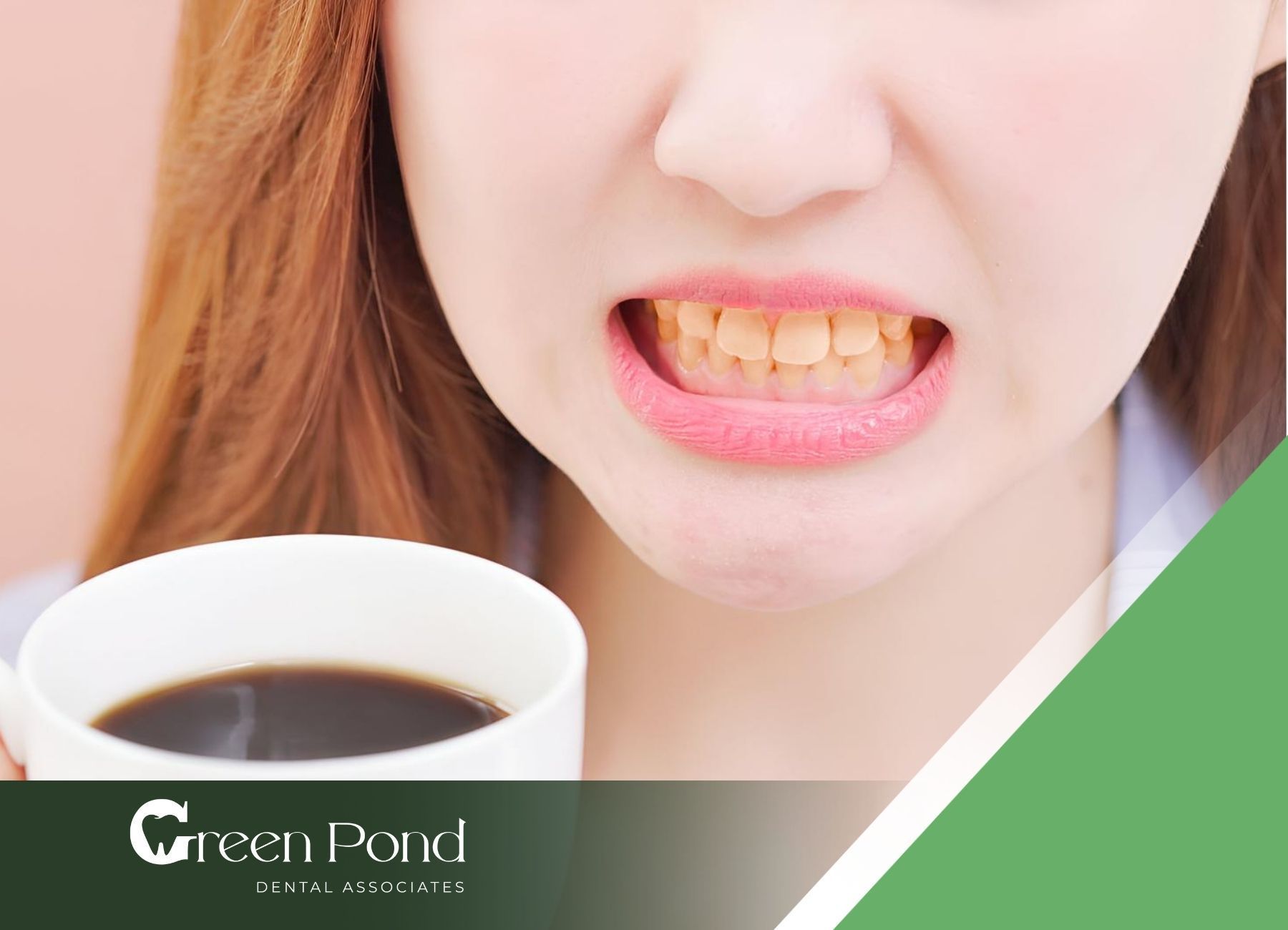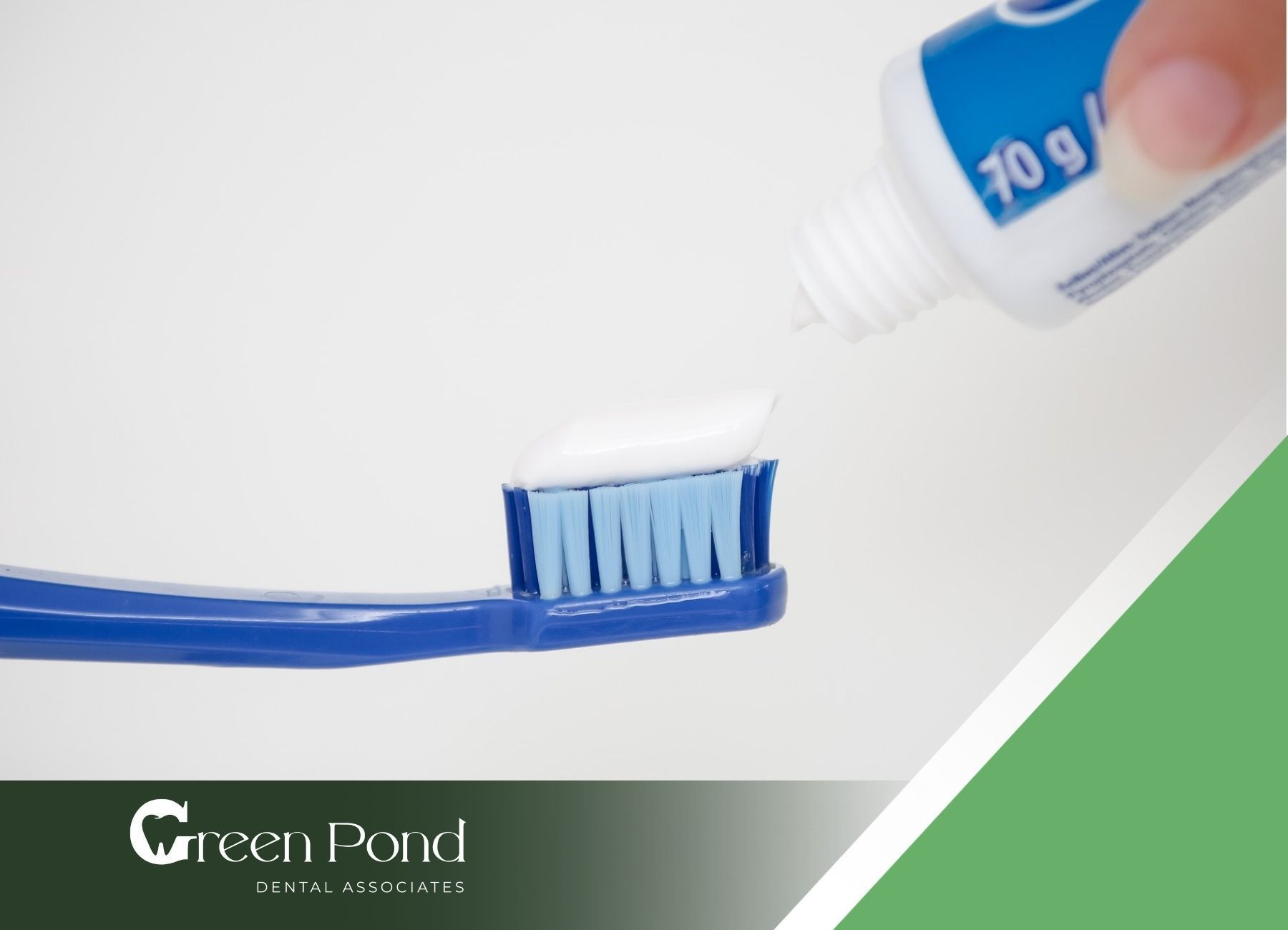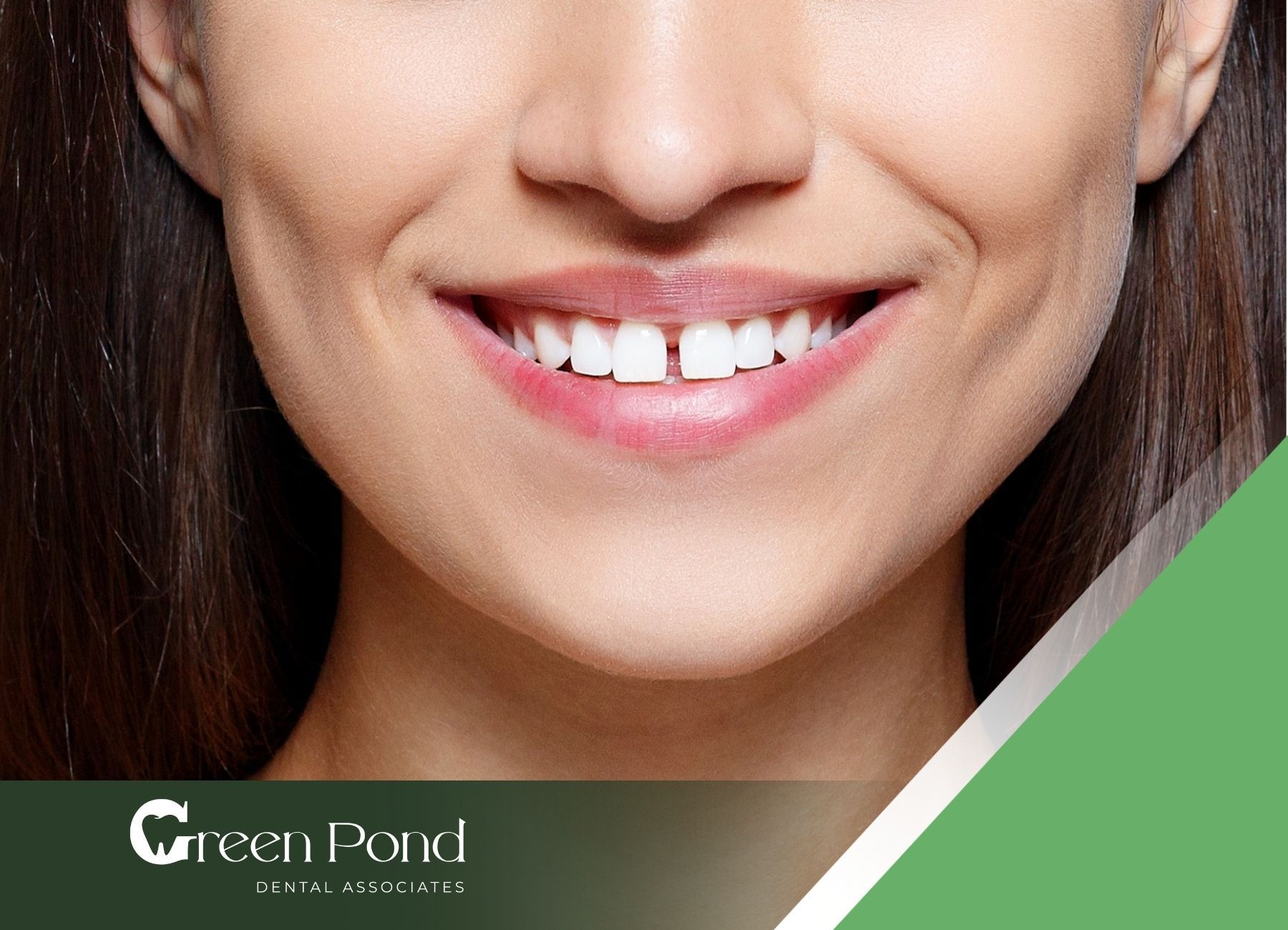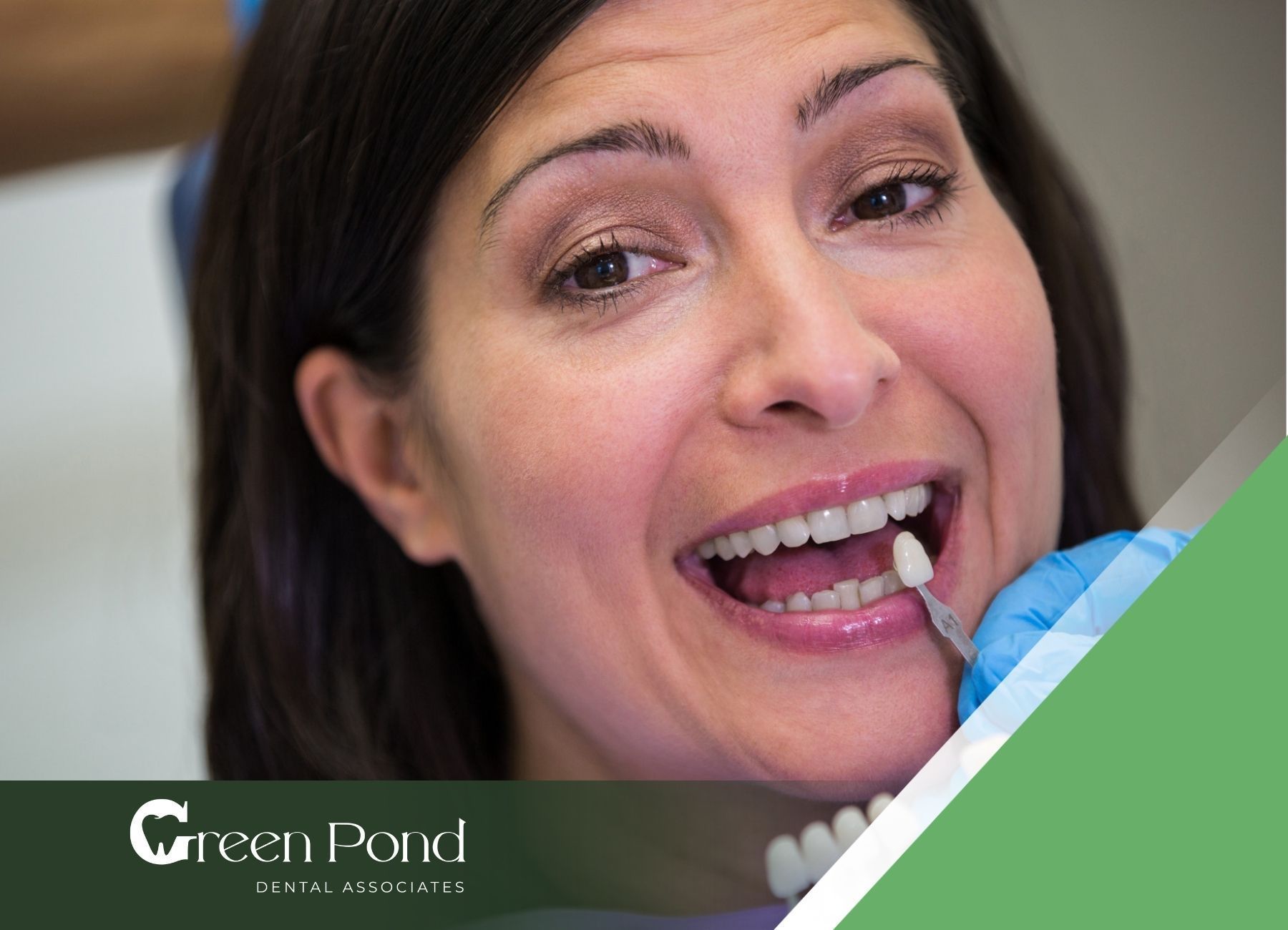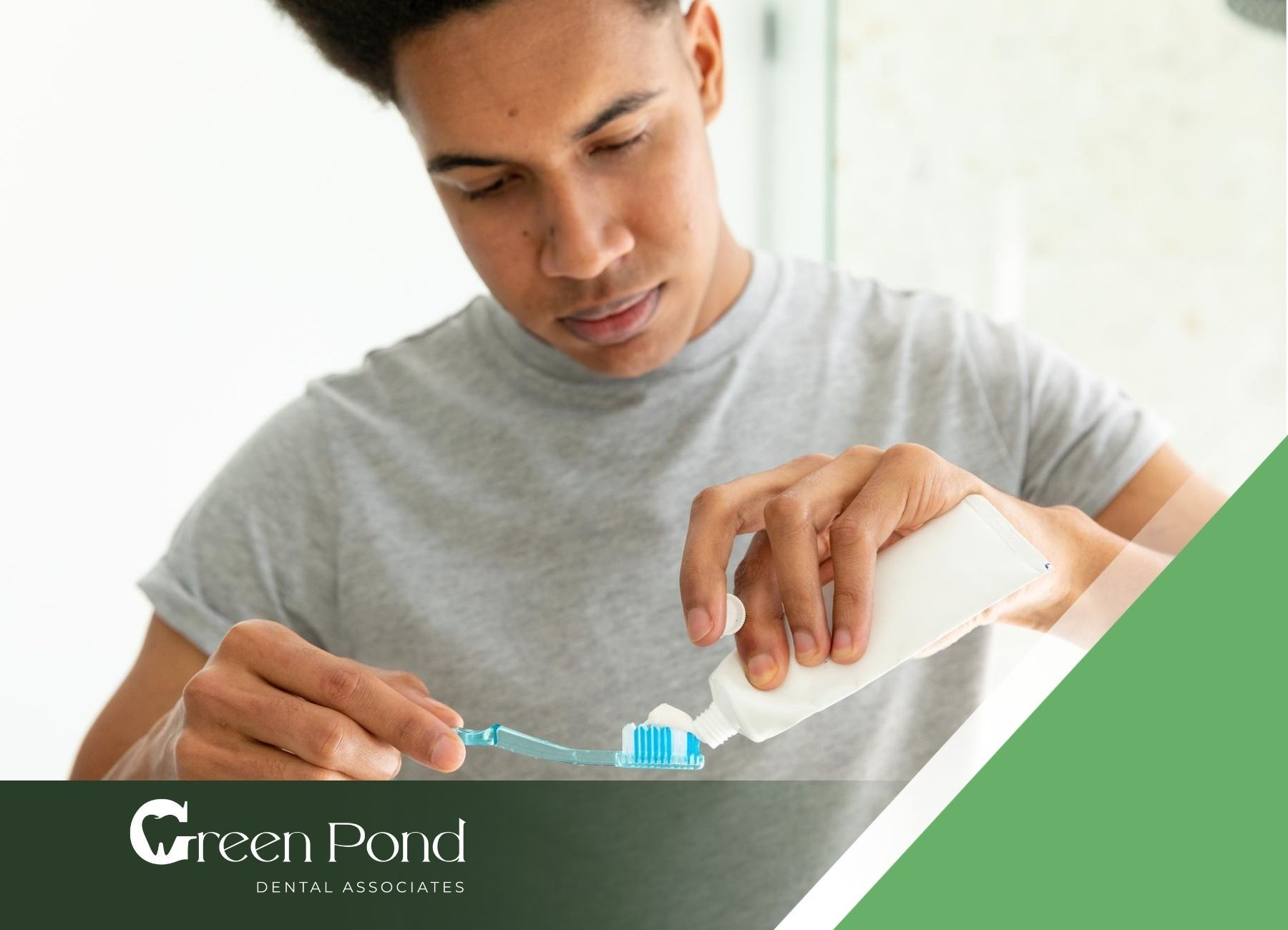How to Take Care of Your Braces
Braces are an investment in your smile, and taking proper care of them is crucial to achieving the best results. Whether you’ve just started your orthodontic journey or are well on your way, this guide will provide you with everything you need to know about maintaining your braces and ensuring a healthy, beautiful smile.
Why Braces Care is Important
Proper care of your braces not only helps in achieving the desired alignment of your teeth but also prevents common issues like cavities,
gum disease, and stains that could prolong your treatment time. Taking the time to care for your braces can make your experience more comfortable and lead to better results.
1. Brushing with Braces: The Right Technique
Brushing your teeth while wearing braces requires extra attention to detail. Food particles and plaque can easily get trapped in the brackets and wires, leading to dental issues if not cleaned properly.
How to Brush with Braces:
- Use a Soft-Bristled Toothbrush: A soft-bristled toothbrush or an electric toothbrush with a small head is ideal for cleaning around braces.
- Brush at a 45-Degree Angle: Hold your toothbrush at a 45-degree angle to your gums and use small, circular motions to brush the fronts, backs, and tops of your teeth.
- Focus on Brackets and Wires: Spend extra time brushing around each bracket and wire, ensuring all food particles and plaque are removed.
- Brush After Every Meal: To keep your braces clean, it’s recommended to brush your teeth after every meal to prevent food buildup.
Tip:
Use an interdental brush or a proxabrush to clean between the brackets and under the wires. This small, cone-shaped brush can reach places your regular toothbrush can’t.
2. Flossing with Braces: Essential for Oral Health
Flossing with braces can be challenging, but it’s essential for removing plaque and preventing gum disease. Traditional floss may be difficult to use, so consider alternatives that make the process easier.
How to Floss with Braces:
- Use Floss Threaders: A floss threader is a small, flexible tool that helps guide the floss under the archwire. Use it to pull a piece of waxed dental floss between your teeth.
- Try Orthodontic Floss: Orthodontic floss has a stiff end that can be easily threaded under braces. Once under the wire, gently floss between your teeth as usual.
- Consider a Water Flosser: A water flosser uses a stream of water to clean between teeth and around braces. It’s a great alternative for those who find traditional flossing difficult.
Tip:
Floss at least once a day, ideally before bed, to remove any debris that brushing alone might miss.
3. Eating with Braces: Foods to Avoid
What you eat can significantly impact the condition of your braces. Certain foods can damage the brackets and wires, potentially extending your treatment time.
Foods to Avoid:
- Hard Foods: Hard candies, nuts, and ice can break or bend wires and brackets.
- Sticky Foods: Chewing gum, caramel, and taffy can get stuck in your braces and be difficult to remove.
- Chewy Foods: Bagels, licorice, and tough meat can pull at the wires and loosen the brackets.
- Sugary Foods: Minimize sugary snacks and drinks, as they can lead to plaque buildup and increase the risk of cavities.
Tip:
Cut food into smaller pieces to make it easier to chew and reduce the risk of damaging your braces.
4. Dealing with Discomfort: Managing Pain and Irritation
It’s normal to experience some discomfort when you first get braces or after adjustments. Here’s how to manage it effectively:
Managing Braces Discomfort:
- Use Orthodontic Wax: Orthodontic wax can be applied to the brackets and wires to prevent them from rubbing against the inside of your cheeks and lips, reducing irritation.
- Take Over-the-Counter Pain Relievers: If your teeth or gums are sore, taking over-the-counter pain relievers like ibuprofen can help alleviate the discomfort.
- Rinse with Salt Water: A warm saltwater rinse can soothe sore gums and help with any minor irritations caused by your braces.
Tip:
If the pain persists or if a wire or bracket becomes loose, contact your orthodontist for advice or a possible adjustment.
5. Protecting Your Braces During Activities
If you play sports or engage in physical activities, it’s important to protect your braces from impact.
How to Protect Your Braces:
- Wear a Mouthguard: Use an orthodontic mouthguard designed to fit over braces. It will protect your teeth and braces from injury during contact sports.
- Avoid Risky Activities: Be mindful of activities that could lead to facial injury. If you engage in any high-risk sports, always wear protective gear.
Tip:
Check with your orthodontist for recommendations on the best mouthguard for your specific needs.
6. Regular Orthodontic Check-Ups: Essential for Progress
Regular visits to your orthodontist are crucial for monitoring the progress of your treatment and making any necessary adjustments.
What to Expect During Check-Ups:
- Bracket and Wire Adjustments: Your orthodontist will check your braces and make adjustments to the wires to continue guiding your teeth into the correct position.
- Cleaning Advice: Your orthodontist may provide specific advice on how to improve your oral hygiene routine based on how well you’re caring for your braces.
- Progress Monitoring: These visits allow your orthodontist to monitor your progress and make sure everything is on track for your treatment plan.
Tip:
Keep all scheduled appointments and notify your orthodontist if you experience any issues with your braces between visits.
7. Handling Braces Emergencies: What to Do
Sometimes, accidents happen. If you experience a braces emergency, knowing how to handle it can prevent further damage.
Common Braces Emergencies:
- Loose Brackets: If a bracket becomes loose, use orthodontic wax to hold it in place temporarily until you can visit your orthodontist.
- Protruding Wires: If a wire is poking your cheek, try pushing it back into place with a cotton swab. If that doesn’t work, cover it with orthodontic wax and contact your orthodontist.
- Broken Wires: Broken wires can be uncomfortable and may require immediate attention. Use a nail clipper to trim the broken wire if it’s causing pain and visit your orthodontist as soon as possible.
Tip:
Always have orthodontic wax and a small first aid kit handy to deal with minor braces issues at home.
Conclusion
Taking care of your braces is essential for a smooth and successful orthodontic treatment. By following the steps outlined in this guide, you can ensure that your braces remain in good condition, your teeth stay healthy, and your treatment progresses as planned.
At Green Pond Dental, we’re here to support you throughout your orthodontic journey. Whether you need advice on caring for your braces or have concerns about your treatment, our team is ready to help. Give us a call to find out more about our orthodontic service!
FAQs
How often should I brush my teeth with braces?
You should brush your teeth after every meal to remove food particles and prevent plaque buildup.
Can I eat popcorn with braces?
It’s best to avoid popcorn as the kernels can get stuck in your braces and potentially damage the wires and brackets.
What should I do if a bracket comes loose?
If a bracket becomes loose, apply orthodontic wax to hold it in place temporarily and contact your orthodontist for an appointment.


